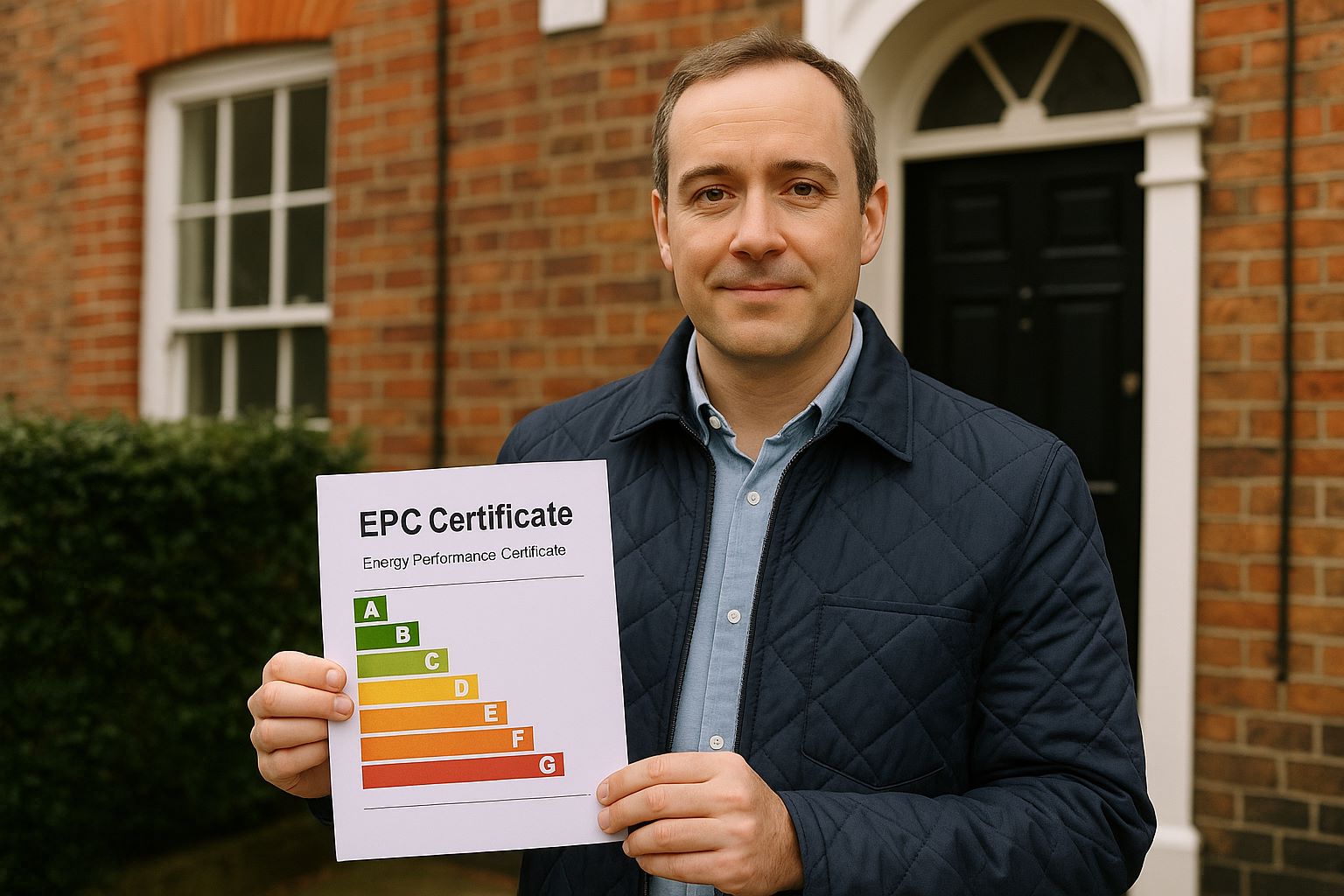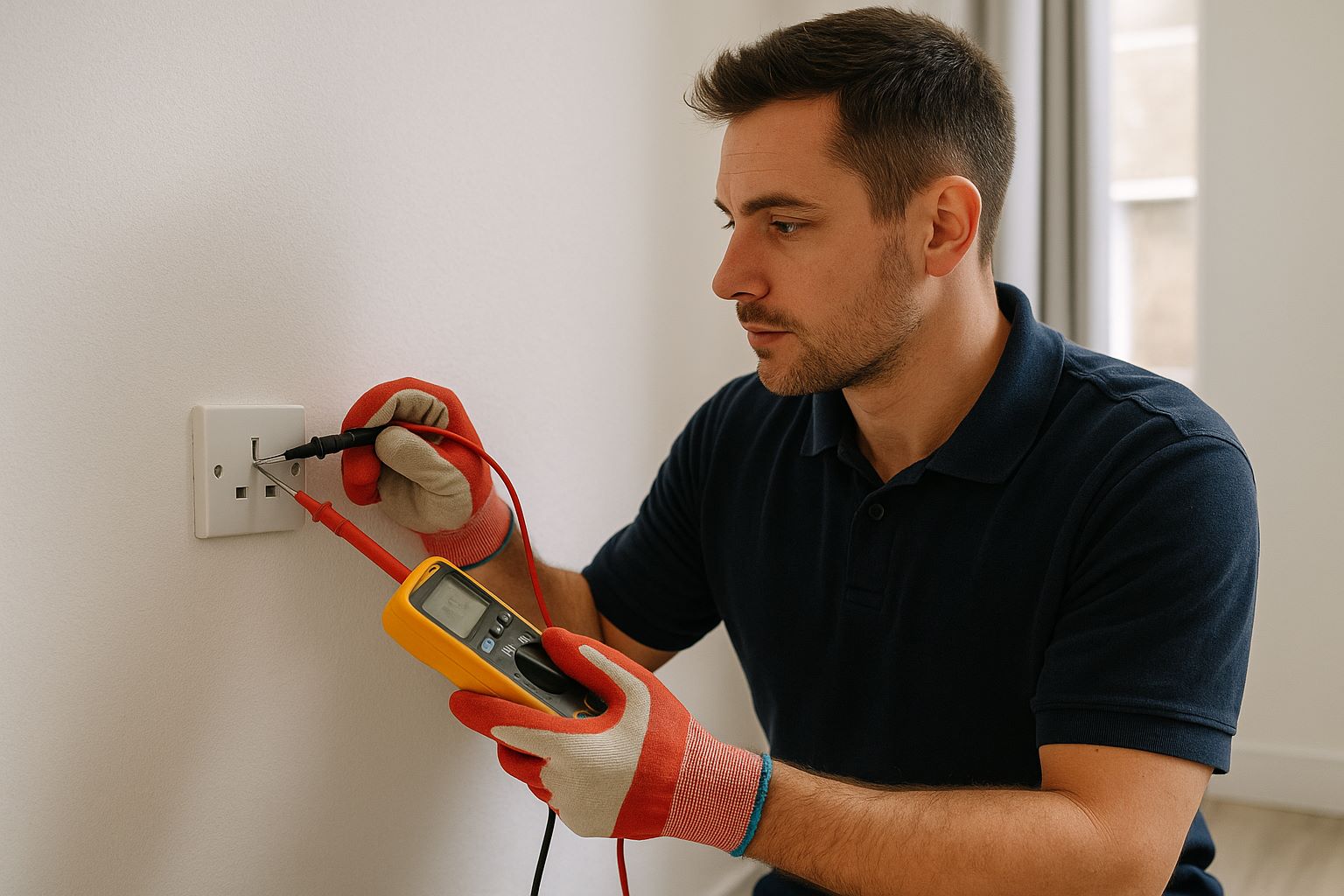Ending a tenancy is rarely anyone’s favourite part of being a landlord. Paperwork, deadlines, and sometimes difficult conversations all come together at once. Yet how you manage this stage makes a big difference — get it right, and the property is ready for new tenants quickly; get it wrong, and you could face months of delays.
For many years landlords have relied on the Section 21 notice — often called the “no-fault” route. It lets you regain possession without giving a reason, provided the basics are in place: deposit protected, gas safety and EPC given to the tenant, and the How to Rent guide supplied. Notice periods are usually two months, and you can’t serve it within the first four months of a tenancy. The process is simple on paper, but one missing document can make a notice invalid.
If a tenant hasn’t paid rent, damaged the property, or broken the agreement, Section 8 is the tool to use. Here you must point to specific grounds and often provide evidence, whether that’s rent statements or inspection reports. Tenants can contest these notices, so while it can be effective, it’s not always straightforward.
Sometimes tenants simply disappear. It might look obvious they’ve moved out, but the law doesn’t allow you to assume the tenancy has ended. Changing locks straight away risks an unlawful eviction claim. The safer approach is to follow due process and obtain a possession order.
Another common issue is belongings left behind. Under the Torts (Interference with Goods) Act 1977, landlords must store items safely and make reasonable attempts to return them. Throwing things out without notice, even if they seem worthless, can land you in legal trouble.
Many problems arise because landlords rush. The most frequent errors are serving the wrong notice, forgetting deposit protection rules, assuming abandonment is automatic, or mishandling tenant belongings. All of these can result in extra costs and delays.
The Renters’ Rights Bill, expected in 2025–26, will remove Section 21 entirely. All new agreements will become rolling periodic tenancies by default, and landlords will need to rely more on Section 8 and other possession grounds. That means good documentation and regular inspections will become even more important in protecting your position.
Before serving notice, confirm the tenancy type and make sure all compliance documents are up to date. Serve the correct form with the right notice period, arrange a check-out inspection, and document everything. If tenants leave belongings, handle them carefully and keep records of your attempts to return them.
At InventoryFlex we help landlords protect themselves with detailed check-in, mid-term and check-out reports. Having clear photographic evidence and condition notes makes possession claims stronger and reduces disputes.
Ending a tenancy may never be the easiest part of being a landlord, but with preparation and a clear process it doesn’t need to become a nightmare. The real question for 2025 is whether your approach is ready for the new rules ahead.
Tip: Using professional inventory reports makes the whole process smoother and legally safer.


